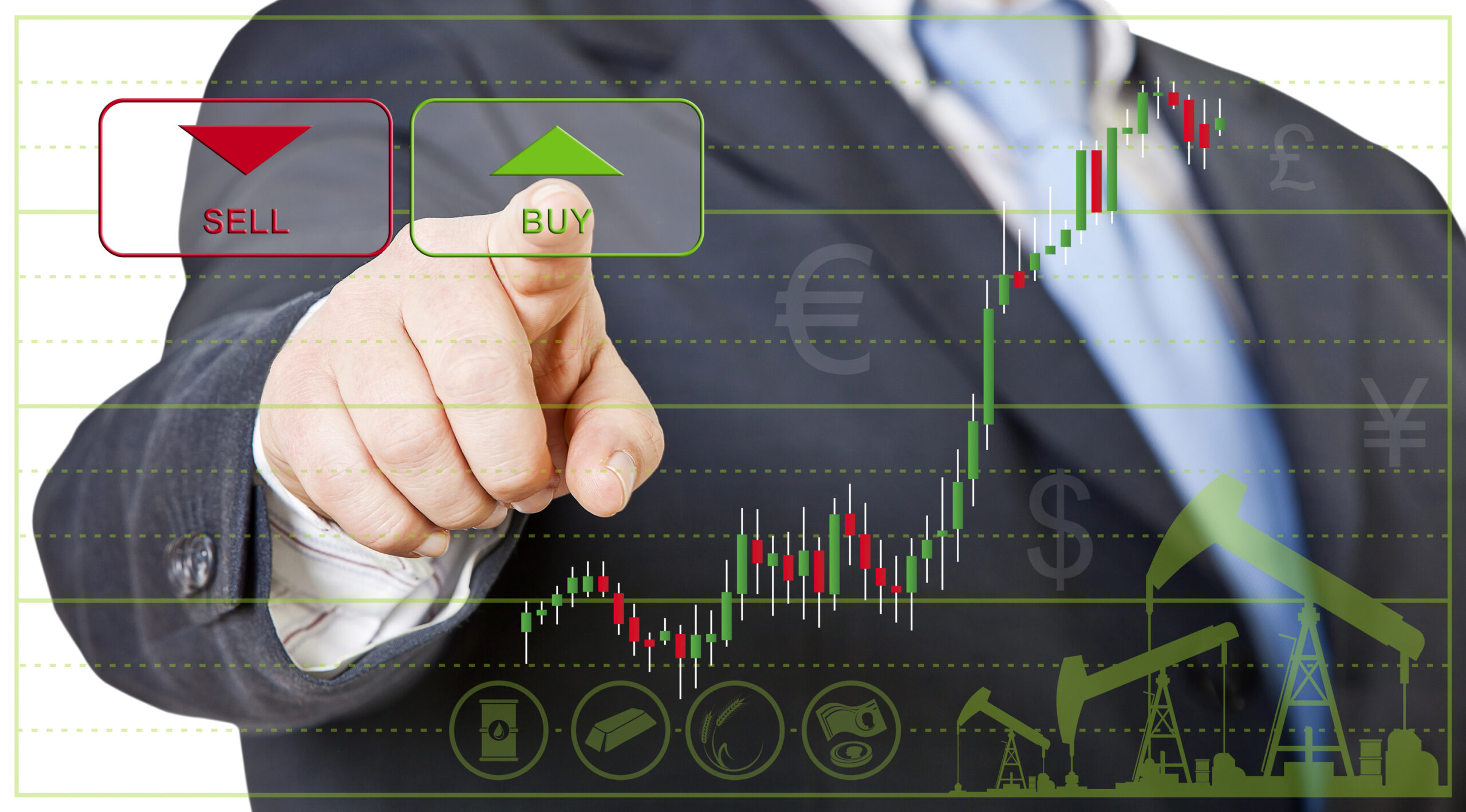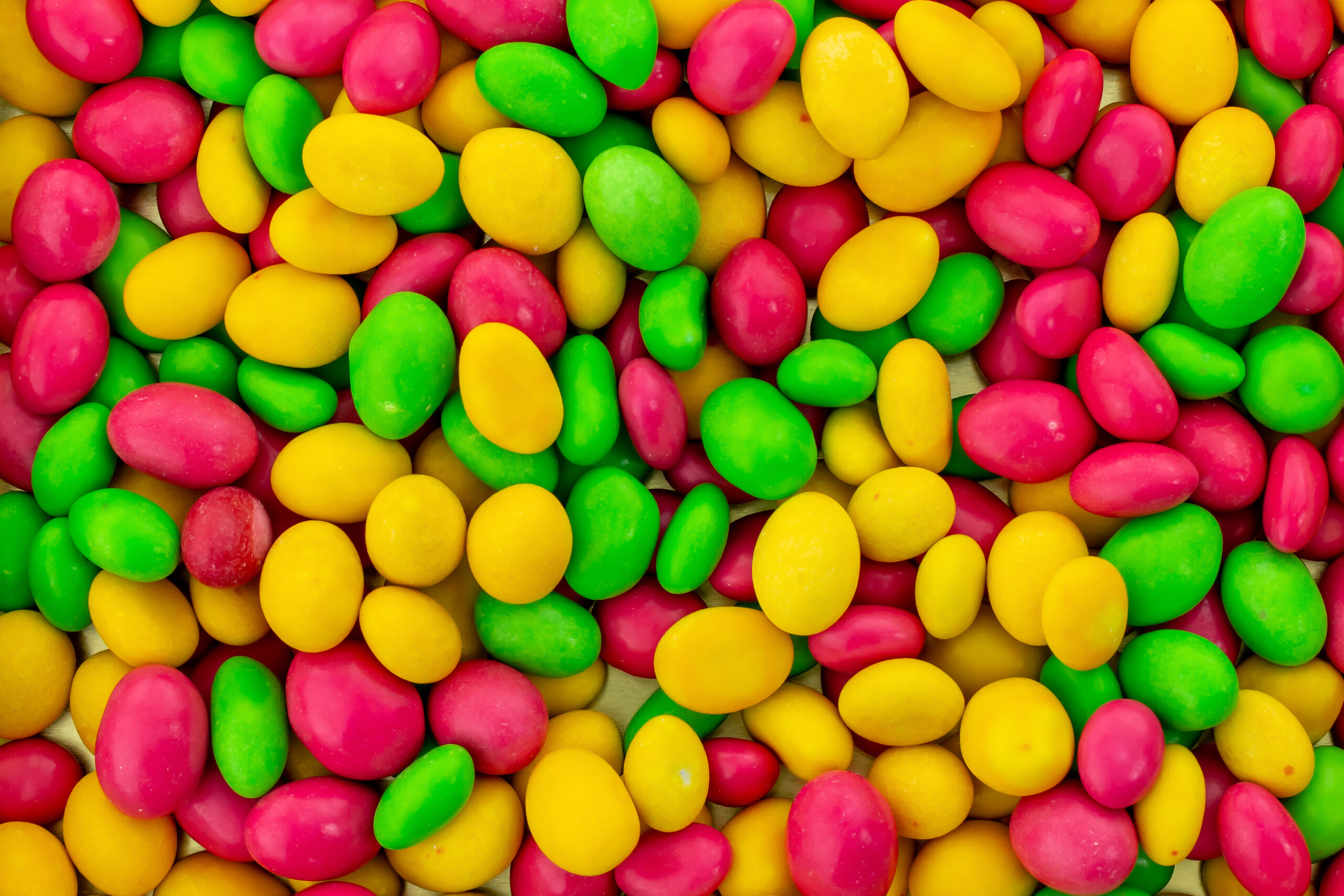We were in Nashville and Keith Urban wished us a happy new year. If you like country music, that’s a good start to 2025.
More on that in a moment.
It was December 18 when I last wrote. I talked then about how the market had a big imbalance in selling that hadn’t manifested in prices. Well, turns out it did Dec 18!
It was unprecedented. Not just because there had never been a Dec 18, 2024, before – which is true. No, what made it unmatched was the volatility spread in SPY.
Largest in the Covid era. Largest in the entire data set at EDGE, our decision-support platform for investors, back to Jul 2017. Might seem insufficient, except the Covid era has some of the biggest moves ever for equities, up and down. Useful sample.
The volatility spread is the daily change in volatility. Never before had daily volatility in SPY, the oldest and largest ETF and an S&P 500 proxy, jumped 825%. In fact, it was double any other time including March 2020 in the heart of the big Covid rumble.
Yes, Jay Powell spoke that day and told everyone exactly what the Federal Reserve had already signaled. Yes, VIX options reset that day. Yes, indexes rebalanced that week, and options expired.
Asking why it happened is missing the point. That it happened is what matters. Because sharp spikes in volatility tend to presage regime changes for stocks. Set aside the 825% day-over-day change and meter the intraday move in SPY. It was 3.5%.
You might be thinking, “We had a massive volatility spike in August 2024. Nothing happened.”
That furious spate never hit 3% in SPY. I don’t know precisely why 3% is material – but we have a thesis. Three percent is momentum. Three percent is three times the daily move of SPY over the entire data set (removing outliers).
The stock market depends for stability on staying in a range. That’s because the stock market depends for investment on ETFs, which are priced by an arbitrage mechanism.
Now, why should an investment vehicle depend on arbitrage? Anybody wondered? Why invest in something that needs prices to change – volatility – in order to remain stable?
We’ll leave that one unaddressed. But it turns out the stocks comprising the basket ETFs use have a tendency to move about 2% up or down every day. Two percent volatility.
Giant ETFs like SPY, IVV, VOO (that peg the 90% of market cap in the S&P 500), index funds like VTSAX (world’s largest Passive fund, $1.8T in assets), move 1% daily.
Firms like Citadel, Susquehanna, Jane Street, pair ETFs moving 1% with stocks moving 2%. Arbitrage. Easy money. And that mechanism prices the ETFs.
When volatility spikes, the arbitrage mechanism breaks down. Volatility of 3% or more in SPY (before Dec 18) last happened Dec 22, 2022. That was the end of the 2022 bear market. We didn’t know till later.
And get this: It first happened before the 2022 bear market on Dec 1, 2021. And that pegged the START of the 2022 bear market. We just didn’t know it yet.
It’s like a knock in your car that goes bang! Bang! And then stops. And you go, “I wonder what that was?” And sometime later your engine blows up.
So that just happened. I’m not saying the engine of the stock market is about to blow. But it did Feb 2018, Oct 2018, Dec 2021. Those times, stocks went bearish.
There’s more than volatility to these signals. We track Demand across the market. Momentum stocks do well when Demand from people, trading machines, quantitative models, derivatives, is strong.
When that changes, you can see it in patterns. Patterns have changed. The whole market looks like NVDA, which I guess shouldn’t surprise us since NVDA is the largest stock. But NVDA hasn’t risen since October.
Here’s your lesson, public companies and investors. The stock market delivers a product called “equities” to big passive funds. Stocks need to manifest predictable characteristics, such as 2% volatility or less, or momentum (3% moves). One of the two.
And ETFs aim for 1%. Public companies, you need a strategy for this market, because it weighs much more on outcomes for shareholders than your story. Story makes you different – and big money like VTSAX, SPY, doesn’t want different. It wants the herd.
And investors, whether you should own NVDA in your short-term or long-term portfolios doesn’t turn on news, but flows. When they’re strong, stay long. When not, leave.
Back to Nashville, we saw Old Crow Medicine Show at the Ryman Auditorium December 30, a wild melee of a music concert. Go next year if you can. Then we took in the New Year’s Big Bash, 110,000 people on the mall, headlined by Keith Urban. We were in the VIP section and he came back and forth doing TV shots.
The last time, he grinned and said, “Happy New Year,” and tapped me on the shoulder. Consider yourself similarly grinned at and tapped on the shoulder! See you sometime here in 2025. We’ll be back on the road.





